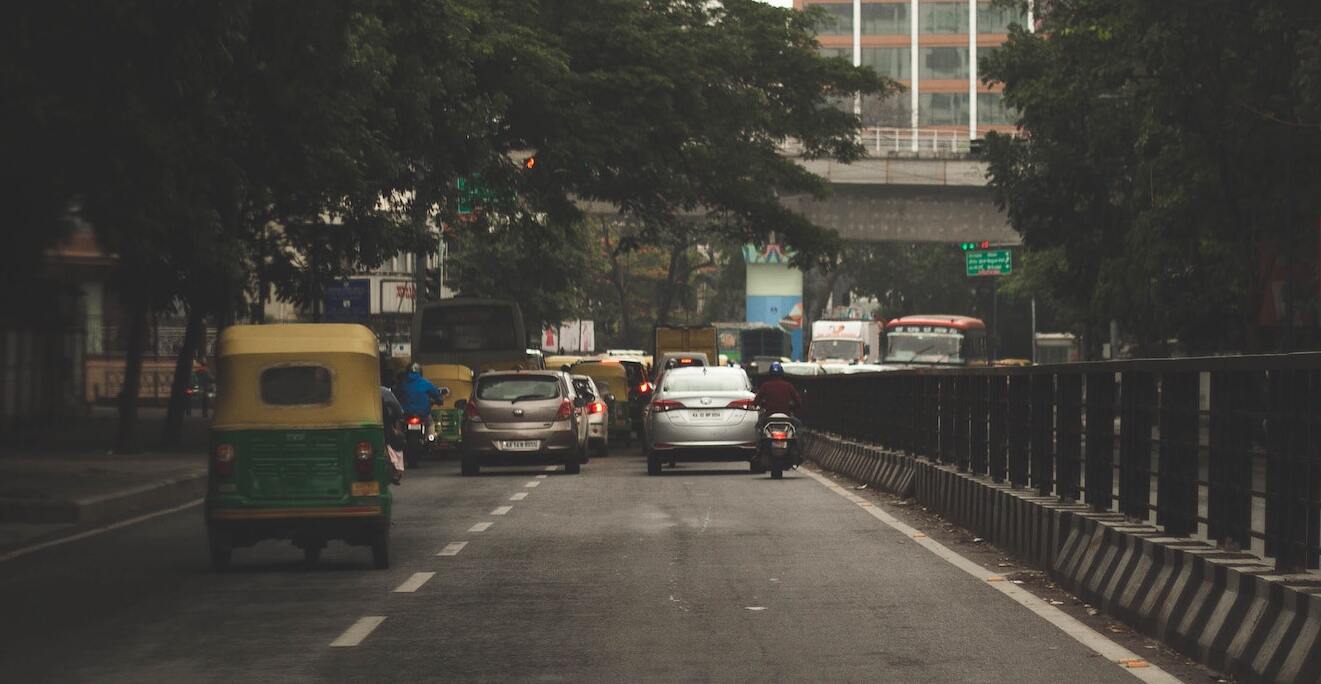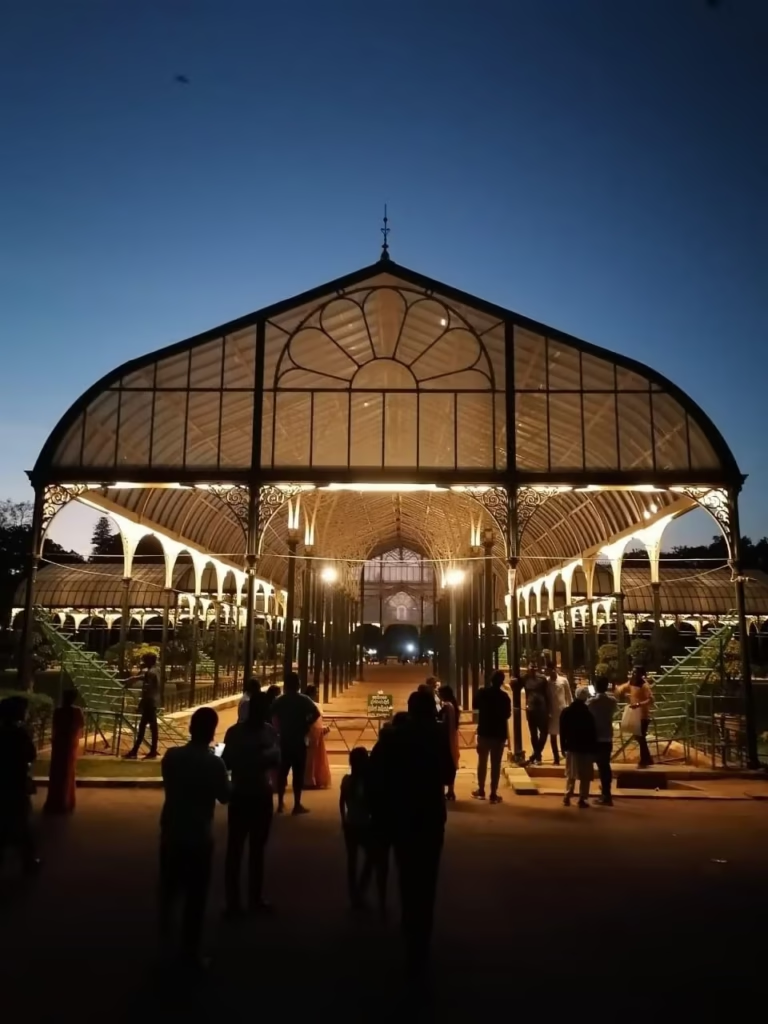
Garden City of India Bangalore: Can It Return to Its Green Glory?

Table of Contents
Bangalore, now globally recognised as India’s Silicon Valley, was once celebrated as the Garden City of India. Known for its cool climate, lush greenery, and expansive parks, the city was a model of sustainable living before rapid urbanisation reshaped its identity.
The question today is whether Bangalore can balance its role as a global tech hub while restoring its lost ecological wealth.
The Origins of Bangalore’s Green Reputation
Bangalore’s green legacy began in the colonial period when the British developed it as a military cantonment. The city’s elevation of 3,000 feet above sea level provided a cool climate, ideal for cultivating a diverse range of flora.

Historic initiatives played a key role. Lalbagh Botanical Garden, started by Hyder Ali and expanded by Tipu Sultan and later the British, became a center for botanical research. Cubbon Park, established in 1870, has added over 300 acres of biodiversity to the heart of the city. Maharaja Krishnaraja Wodeyar IV promoted horticulture and forestry, embedding a green culture in the city’s DNA. Tree-lined neighbourhoods like Malleshwaram and Basavanagudi were designed with parks, corridors, and open spaces that set Bangalore apart.
Water also shaped its ecology. The city once had more than 260 interconnected lakes that supported groundwater and biodiversity. These water systems, combined with the Department of Horticulture’s efforts, made the Garden City identity more than just a nickname.
From Garden City to Silicon Valley
The 1980s and 1990s brought an IT wave that transformed Bangalore into India’s tech capital. The creation of Electronics City in 1978, followed by liberalisation in the 1990s, attracted multinational companies such as Infosys, Wipro, and IBM.
As IT parks like Whitefield and Manyata Tech Park grew, so did the city’s population. From 4.3 million in 1991, it jumped to over 13 million by 2023, according to United Nations data. The influx of professionals led to a housing boom, heavy infrastructure expansion, and enormous pressure on natural resources.
Urban Sprawl and Its Environmental Cost
The IT boom fueled demand for residential complexes, malls, and highways, often at the expense of green spaces. Independent homes gave way to high-rise apartments, while older neighbourhoods such as Indiranagar and Koramangala were commercialised.
Bangalore has lost nearly 80% of its tree cover in the past two decades, according to the Indian Institute of Science studies. Many lakes were encroached upon or polluted. Bellandur and Varthur, once vital water bodies, now suffer from industrial waste and untreated sewage, a problem frequently reported by the Times of India.
The result has been rising air pollution, deforestation, and the urban heat island effect, where concrete structures trap heat and push summer temperatures above 36°C.
Traffic Congestion and Mobility Crisis
Bangalore today ranks among the most congested cities worldwide. The TomTom Traffic Index consistently places it at the top for average commute delays. Commuters spend 2–3 hours daily in traffic, draining productivity and adding to fuel emissions.

The Namma Metro has expanded but remains behind the city’s explosive growth. Many IT hubs still lack proper metro connectivity, pushing workers to depend on cars and cabs. Public buses run by BMTC are extensive but overcrowded and lack last-mile solutions.
Water Scarcity and the Shrinking Lake Network
The decline of Bangalore’s lakes is central to its environmental crisis. From over 260 functional lakes, only a fraction remain viable today. Over-extraction of groundwater and reliance on borewells have made shortages common, especially in high-rise zones. The BWSSB (Bangalore Water Supply and Sewerage Board) struggles to meet demand, forcing neighbourhoods to depend on private tankers.
Ironically, encroached stormwater drains and disappearing wetlands have made flooding a frequent occurrence during heavy rains. Poor planning has created a cycle where the city faces both drought and floods in the same year.
Citizen and Government Efforts to Restore Greenery
Despite challenges, Bangaloreans have not given up on reclaiming the Garden City identity. Activist movements such as Hasiru Usiru and Save Bengaluru Lakes have campaigned against tree felling and lake encroachments. Saalumarada Thimmakka, who planted over 8,000 trees, continues to inspire new conservation drives.

Government agencies like BBMP (Bruhat Bengaluru Mahanagara Palike) and BDA (The Bangalore Development Authority) have launched afforestation programs and urban forest initiatives. Lake rejuvenation projects at Kaikondrahalli and Jakkur have shown that restoration is possible with proper sewage treatment and desilting. However, enforcement remains inconsistent.
Community groups have taken the lead in restoring lakes like Puttenahalli and Agara through clean-up drives and plantation programs.
Corporate CSR projects have also contributed to tree planting and mini-forests across the city.
Sustainable Solutions for the Future
For Bangalore to return to its green roots, urban planning must integrate sustainability. Strict zoning laws are needed to protect water bodies and green corridors. Every new project should include green cover and rainwater harvesting.

Public transport investment is critical. Expanding metro lines, improving BMTC buses with tech-enabled tracking, and adding cycling and pedestrian-friendly infrastructure can reduce car dependence. Promoting electric vehicles will also ease emissions.
Green innovations such as rooftop gardens, vertical forests, and solar adoption can help balance growth with ecological stability. Cities like Singapore and Milan provide models that Bangalore can adapt.
Can Bangalore Reclaim Its Garden City Legacy?
The answer depends on collective will. Policymakers must enforce environmental regulations, corporations must adopt sustainable practices, and citizens must embrace green living.
If Bangalore can combine its tech-driven growth with nature-positive planning, it could emerge not only as India’s Silicon Valley but also as a global model for sustainable urban living. The time to act is now—restoring the Garden City is no longer about nostalgia, it is about survival and the future livability of the city.








